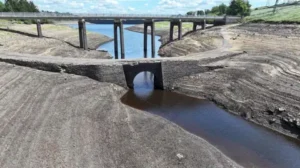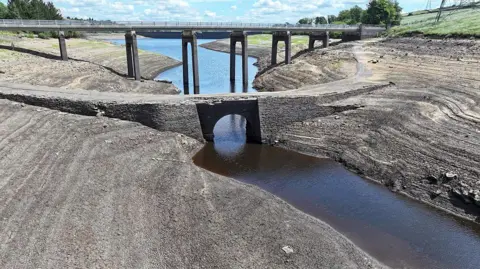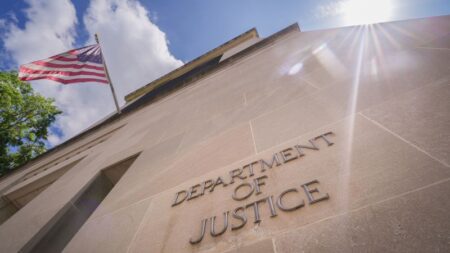The United Kingdom is facing increasingly severe drought conditions, with more regions likely to be officially recognized in a state of drought, following the lead of North West England and Yorkshire. This situation has arisen due to persistent hot and dry weather patterns. As the National Drought Group convenes on a Tuesday morning to assess the ongoing situation, it is anticipated that they will make announcements regarding further drought declarations.
Declaring a drought comes with significant implications for water management. Water companies across the affected regions are required to activate their resource management strategies, which can include implementing hosepipe bans, although such measures are not mandatory every time a drought is declared. It is noteworthy that droughts are primarily influenced by natural weather fluctuations; however, the growing concerns about climate change and increased water consumption are amplifying the risks associated with water shortages, as emphasized by the Environment Agency.
The dynamics of drought in England lack a uniform definition, but it generally stems from extended periods with insufficient rainfall. This scarcity can have cascading effects on nature, agriculture, and water availability. Notably, England recently endured its driest spring in over a century, compounded by three successive heatwaves in June and July, further depleting soil moisture. Consequently, despite any short-term rainfall, it is unlikely that this will suffice to restore water levels to their normal state throughout the country.
As per Richard Thompson, the deputy director of water resources at the Environment Agency, the ongoing expectation is that more areas will soon fall into drought status. He indicated that updates would be forthcoming later in the day. In what is termed the “reasonable worst-case scenario,” where regions receive around 80% of their typical rainfall, an additional five areas in central and southern England may declare drought status by September, joining Yorkshire and the North West.
Interestingly, while certain regions, including Kent and Sussex, have already instituted hosepipe bans, they have not yet reached formal drought status. There is currently no formal drought classification for Wales or Northern Ireland, and while Scotland does not officially declare droughts, it is monitoring “water scarcity” levels. Eastern Scotland is experiencing “moderate” scarcity, which is categorized as having a “clear” environmental impact.
The Environment Agency tracks drought conditions based on a combination of metrics, including reservoir levels, river flow statistics, soil dryness, and long-term weather forecasts. As England faces a constricted water supply scenario projected for the future—potentially amounting to a shortfall of six billion liters daily by 2055—urgent steps must be taken to mitigate the repercussions of rising temperatures and other contributing factors, including population growth.
The overarching concern remains the effects of climate change, which is expected to render summers drier and intensify the heatwave conditions, further exacerbating evaporation rates and the overall water crisis. Analysts argue that while localized rainfall may occur, it is insufficient to alleviate the existing water stress felt across much of England. Decisions regarding hosepipe bans and resource management are crucial as the climate crisis unfolds, reinforcing the importance of ecological awareness and sustainable practices.
In light of these developments, communities are encouraged to remain vigilant and adapt to the challenges posed by droughts while keeping abreast of government directives and conservation efforts during these testing climatic conditions.











